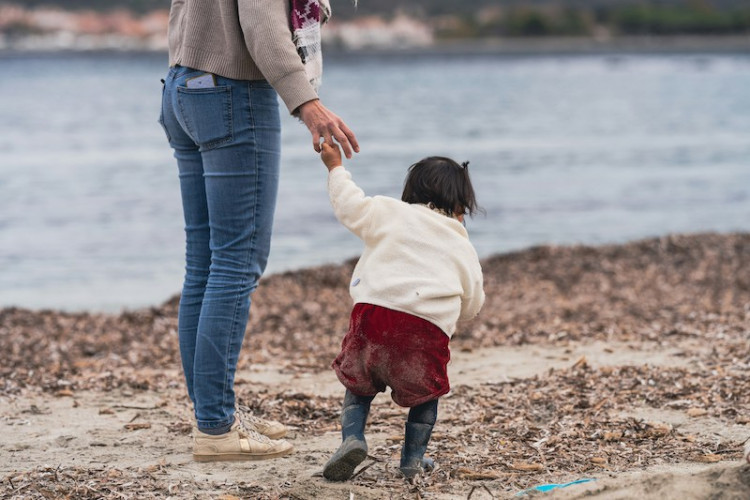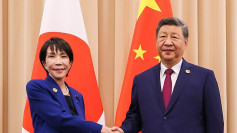BEIJING-China has officially ended its international adoption program, effective August 28, 2024, according to a statement made by Foreign Ministry spokesperson Mao Ning at a press briefing on September 5. The new policy will limit foreign adoptions to cases involving close family ties, such as the adoption of relatives within three generations, including stepchildren.
This move marks an important step in China's alignment with international adoption standards and practices, as it emphasizes the importance of domestic care and family preservation for children. "This decision is in accordance with the spirit of relevant international conventions," said Mao Ning. While expressing gratitude to foreign governments and families for their interest in adopting Chinese children, she urged those seeking further details to contact China's competent authorities.
International Context and Child Rights
China's decision reflects a broader international effort to ensure that transnational adoptions are conducted transparently, ethically, and in the best interests of the children involved. The United Nations Children's Fund (UNICEF) has highlighted the complexities of international adoptions, noting that while they can provide permanent homes for children in need, systems often struggle with issues like child trafficking, document forgery, and unethical practices.
UNICEF's stance, guided by the Convention on the Rights of the Child, stresses that every child should ideally grow up within their family and community. When this is not possible, due to conflict or natural disasters, international adoption may be considered. However, it should only be pursued after all domestic options for care have been exhausted. The Hague Convention on Intercountry Adoption, which over 80 countries recognize, provides a framework to ensure that adoptions are processed ethically, protecting both the child and birth parents from exploitation.
A Shift in China's Adoption Policy Amid Population Challenges
China's policy shift comes against the backdrop of a declining birth rate and an aging population. In 2022, China's population shrank for the first time in six decades, a significant moment for the world's most populous country. The birth rate has fallen to 6.77 births per 1,000 people, one of the lowest in its history. The number of new births in 2022 was 9.56 million, a dramatic drop from 12 million in 2020.
Experts attribute this decline to several factors, including rising living costs, a preference for smaller families, and the lingering effects of the one-child policy, which was only fully relaxed in 2016. Despite attempts to encourage families to have more children, such as the introduction of a two-child and later a three-child policy, the demographic shift continues to pose challenges to China's future workforce and social welfare systems.
This drop in birth rates has caused a re-evaluation of many social policies, including those related to child welfare and adoption. As domestic care and foster systems have improved, China is now focusing on providing children with stable, family-oriented environments within the country, reducing the need for international adoptions. By ending international adoptions, China is likely also trying to address domestic concerns about family preservation and ensure that children remain connected to their cultural roots.
Under previous regulations, foreign families adopting Chinese children often contributed to social welfare programs, helping improve care conditions for abandoned children. However, with the closure of the international adoption program, the Chinese government is prioritizing the strengthening of domestic family systems to address both current and future challenges posed by its shrinking population.






